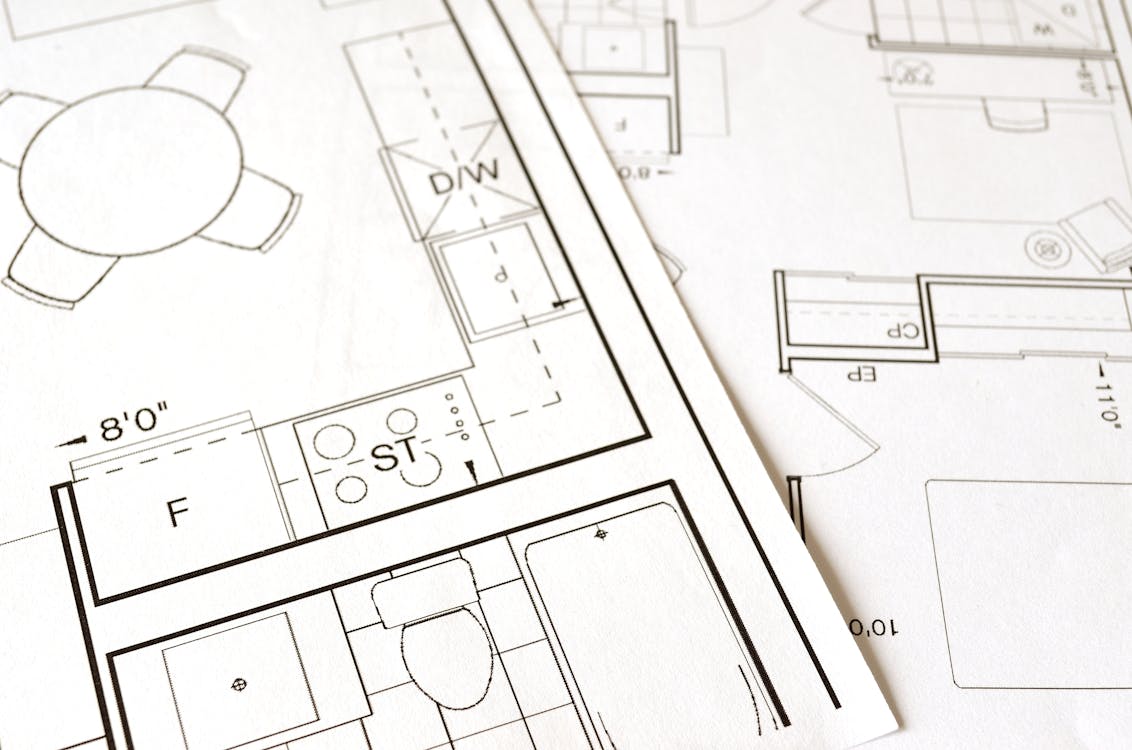Ever found yourself in a predicament because you’ve made changes to your property without getting the green light first? Or perhaps you’ve bought a house only to discover later that some of its features weren’t exactly built by the book? This is where the concept of retrospective planning permission comes into play.
In this article, we will share everything you need to know about retrospective planning permission, including what it is, when you need it and how you can apply for it. We will also share a few tips for success to help you navigate the process smoothly.

The Basics of Retrospective Planning Permission
In the simplest terms, retrospective planning permission is what you apply for when you’ve already made changes to your property without prior approval from your local planning authority. This might sound like a safety net, but it’s more of a last resort.
So, how does retrospective planning permission work? First, let’s understand what regular planning permission is. Planning permission is a legal process you go through before you build something new, make major changes to your property or change the use of your building. This is crucial in the UK to ensure that your development is safe, suitable for the environment and doesn’t cause issues for your neighbours.
Retrospective planning permission, in turn, is what you need when you’ve skipped this crucial step. It’s a post-event application to try to legalise what you’ve already done.

When Do You Need It?
In the UK, there are a few scenarios where you would need retrospective planning permission. Essentially, though, it’s required when you’ve carried out building work or made changes to the use of a building without the necessary permissions.
UK planning guidelines are quite clear about what constitutes such changes. Here are a few examples of when you might need retrospective planning permission:
- Building extensions. If you’ve added an extension to your house, like a sunroom or an extra bedroom, but didn’t realise you needed permission for it.
- Converting spaces. Converting a garage into a living space or changing a residential property into a commercial one without prior approval requires retrospective planning permission. UK guidelines are strict about changes in use, especially if these changes affect the building's external appearance or its impact on the community.
- Building new structures. Erecting new structures on your property, like a shed or a summer house, without prior planning consent also falls under this category.
- Modifications in listed buildings. If your property is a listed building, any alterations that affect its character as a building of special architectural or historical interest will need retrospective permission if done without approval.
It’s important to note that even minor changes can require planning permission in the UK, especially in conservation areas or for listed buildings. Always check with your local planning authority before undertaking any work. If you’ve already made changes without approval, applying for retrospective planning permission is the lawful way to rectify the situation. However, it’s not guaranteed and comes with risks and complications.

How to Apply for Retrospective Planning Permission
If you've found yourself in a situation where you've made changes to your property without the necessary approvals, here’s what you need to do to apply for retrospective planning permission.
Understand the Need
Firstly, it’s crucial to understand whether your development actually requires retrospective planning permission. As discussed earlier, any significant changes to the property, including extensions, conversions or changes in use, typically require planning permission. If you're uncertain, consult with your local planning authority (LPA) or a planning professional.

Prepare Your Application
The application process for retrospective planning permission closely mirrors that of standard planning permission.
Begin by gathering all necessary documents.
These include:
- Detailed plans: Submit detailed drawings of your property as it currently stands, including the changes you've made.
- Application forms: Complete the relevant forms available on your LPA's website or through the Planning Portal (the UK government's online planning and building regulations resource).
- Ownership certificates: These certify that you own the property and have notified any co-owners of your intentions.
- Location plan: This should clearly show the property’s location and its boundaries.
Consult Affected Parties
Before submitting your retrospective planning permission application, it’s always a good idea to consult with your neighbours and any other affected parties. Their feedback can significantly impact the decision-making process so pre-empting any potential objections will speed up the application process and help things run more smoothly.
Submission and Fees
The next step is submitting your retrospective planning permission application to the LPA either through the Planning Portal or directly to your LPA's planning department. You will also need to pay a fee, which varies depending on the nature and size of the development. The fee schedule is available on the Planning Portal or from your LPA.
The Decision Process
After submitting your retrospective planning permission application, the LPA will review it against various criteria, including environmental impact, design standards and the effect on your local community. They might also visit your property for an on-site assessment.
Outcome and Next Steps
If your application is approved, great! You'll receive formal documentation legalising your changes. If it's denied, you’ll be given reasons for the refusal, and you may need to modify or remove the changes in question.
Is It Worth the Risk?
Deciding whether to apply for retrospective planning permission in the UK involves weighing up the significant risks against the potential benefits. It's a decision that should not be taken lightly.
The biggest risk is that your application might be refused. If this happens, then you could be legally required to reverse the changes, which can be both costly and disruptive. Additionally, there's the risk of legal action and the associated stress and potential damage to your reputation within the community.
On the other hand, if successful, retrospective planning permission can legalise your development, adding value to your property and peace of mind. It regularises your status with the local planning authority and avoids future legal complications, which is especially important if you plan to sell your property.
In essence, while applying for retrospective planning permission can bring legitimacy to unauthorised work, it comes with considerable risks. That’s why it’s always a good idea to assess your specific situation carefully, consider the likelihood of success, and potentially seek professional advice before proceeding.
Tags:
planning permissionFebruary 20, 2024





Comments